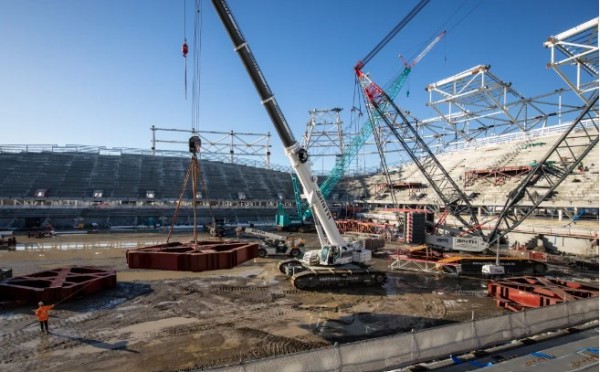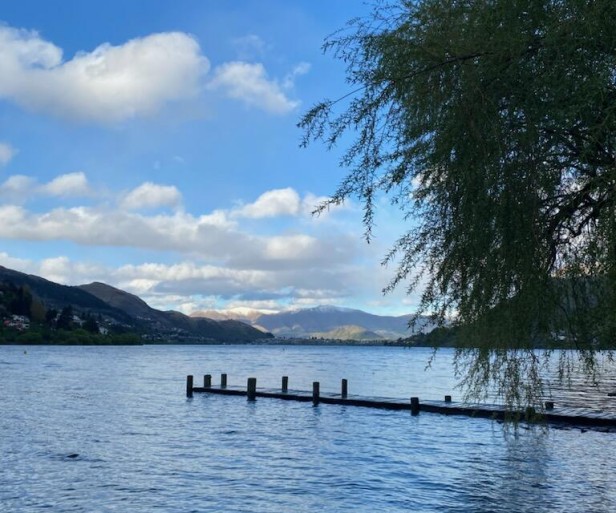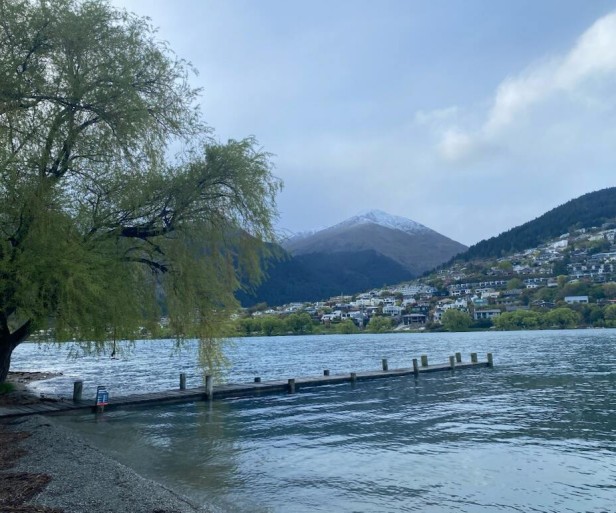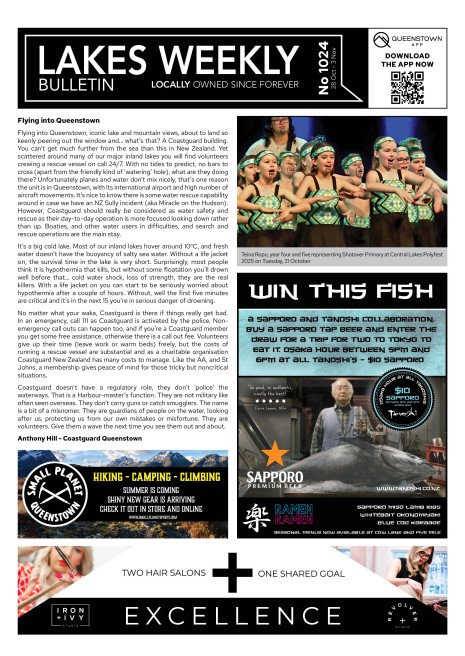Dunedin Hospital: Why does it cost so much?

Problems with Dunedin Hospital highlight that New Zealand needs to develop a more mature approach to large, important projects, Infrastructure New Zealand says.
Plans for the new hospital have been thrown into doubt by government revelations last week that a report had found it could probably not be delivered in the current $1.88 billion budget.
Health Minister Shane Reti and Infrastructure Minister Chris Bishop said it would need to be reduced, or done in stages, or the cost could hit $3b.
In 2017, it was estimated the build would cost $1.2b to $1.4b.
Infrastructure New Zealand chief executive Nick Leggett said on as cost-per-metre basis, it would be the costliest hospital in Australasia.
"We know there were problems with it right from day one. Site selection on a contaminated site requiring remediation and stuck between two state highways has added significant costs," he said.
"There were alternative options available. How the project was structured has also been a problem, with those designing the facility being divorced from those tasked with building it. A more coherent design and construction arrangement led from the centre by someone with real industry experience rather than a local project director with little relevant experience would have probably led to a better outcome also."
Leggett said a better approach was needed, because it was symbolic of wider problems.
He said New Zealand spent a similar share of GDP on network infrastructure as the average high-income country but was ranked 43rd out of 54 in the World Economic Forum's infrastructure quality index.
"New Zealand is in the bottom 10 percent of OECD countries for the value we get from infrastructure investment."
-
- The Lakes Weekly and local community apps across the regions (Queenstown App, Southland App, Waitaki App, and Wānaka App) want to know what you think about the Dunedin Hospital build in this quick and anonymous survey
A recent Infrastructure Commission report benchmarking costs showed that New Zealand did not appear to have high infrastructure construction costs across the board. But there was a premium for complex, large-scale projects.
"Statistical analysis suggests that we have statistically significant cost premiums for four types of complex, large-scale projects: urban and rural motorways, road tunnels, and underground rail projects. Examples like the Christchurch Stadium, which is one of the most expensive rugby stadiums in the world on a cost per seat basis, suggest that our challenges with complex, large-scale projects go beyond transport."

Photo: RNZ / Nate McKinnon
But it said that the cost of things such as hospitals was similar to other countries.
"This is a positive sign, although past performance is no guarantee of future success in the current environment of cost inflation."
AUT professor in the school of future environments John Tookey says there were problems with the breadth and depth of capacity available to build a hospital.
"We don't necessarily have the specialist contractors to do the laboratory spaces and all that sort of thing with a hospital. There's a lot of quite heavy duty, complex infrastructure that has to go in as far as a hospital is concerned and we are fairly limited in terms of the amount of contractors with the necessary skill set capacity. Hospitals don't come up every five minutes and this is one of those things."
He said Dunedin was also a long way from where large infrastructure was usually delivered.
"Because you're a long way from Auckland, you don't necessarily have the selection - you're fairly limited in terms of the scale of contractors who are going to be local. Those coming in from outside who are bigger and have more financial heft, they're dealing in a part of the world where they're not so familiar. It's complex, highly expensive."
He said there had been "games played" with the specifications of the hospital.
In terms of cost per square metre, it was significantly more expensive than Christchurch, he said, with more space allocated for patients.
"With the best will in the world, down in Otago you haven't got the densest population in the world. It's a big city for New Zealand but a fraction of the scale of other hospitals. When you are dealing with a service intensive setup it can be extremely challenging to get a cost effective solution. The smaller the scale, the more cost-intensive it becomes.":
But he said the government had to be wary of "going for cheap as" because that had not been a successful approach in the past.
Kiwibank chief economist Jarrod Kerr said building costs had surged in recent years. "Inflation is coming out of the housing market, with the correction and fall in building construction. But building is still very expensive. Ask any Australian, even the ones that have no idea what they're talking about, and they'll tell you $3b for a hospital is a little on the expensive side. But cheap if it's the Taj Mahal."
Healthcare management specialist at Otago University Robin Gauld said build costs in New Zealand were high compared to other parts of the world and barriers such as resource consent requirements constrained cost-effective building.
He recently visited a new hospital in Oulu, Finland, which took four years to complete because the design had been changed part-way through.
The smooth build was credited to having had an alliance governance structure, he said. "Everyone at the outset sits around the table.. the goal is to build trust in one anther, work collaboratively and share resources where necessary to finish on time and budget."
Gauld said there had been ongoing tensions between central government and local provision of services. "There has always been a standoff between the Dunedin District Health Board and Wellington regarding finances."
He said the initial pricing might have been unrealistic. "That's systematic across these types of projects - underpricing so the project can get started. If you don't have an alliance structure you can get the industry gaming it.:"
Leggett said there was an absence of political consensus in infrastructure provision, and as a result, a lack of a long-term pipeline of projects.
"These issues create considerable inefficiencies as providers are forced to upscale and downscale their workforce and plant as they go through periods of intense activity followed by big lulls. This is incredibly expensive. Each project we do is also treated in isolation and bespoke. To gain greater efficiency for our investments in infrastructure like hospitals or education facilities we should seek far greater standardisation in design."
Tookey said it was an ongoing issue that governments would cancel each other's plans. "We have a wider need in society to have infrastrucutral decisions taken out of political hands. I would be very keen to have a cross-party entity where people are appointed for long-term decision making and extracted from their political roles.
"With the constant three-year electoral cycle, what you end up doing is investing an awful lot of money into investigations, preliminary works, and hundreds of millions of dollars are frittered away."
Gauld said it was an "appalling way of managing things".
"In Finland, they have changed government, they are a democracy, but a project like this is something which they just got on with and it seems to have been somehow shielded from political bunfighting. The finger pointing really is at our political leaders. Every single politician involved in the project bears some responsibility for it. None of them is immune.
"It's one thing to have potholes in the road, it's quite another to have big potholes in the healthcare system. Politicians need to step up and say 'we're going to solve this, we know we can do this'; they should have a good plan for how they're going to do it but we haven't heard that yet."










